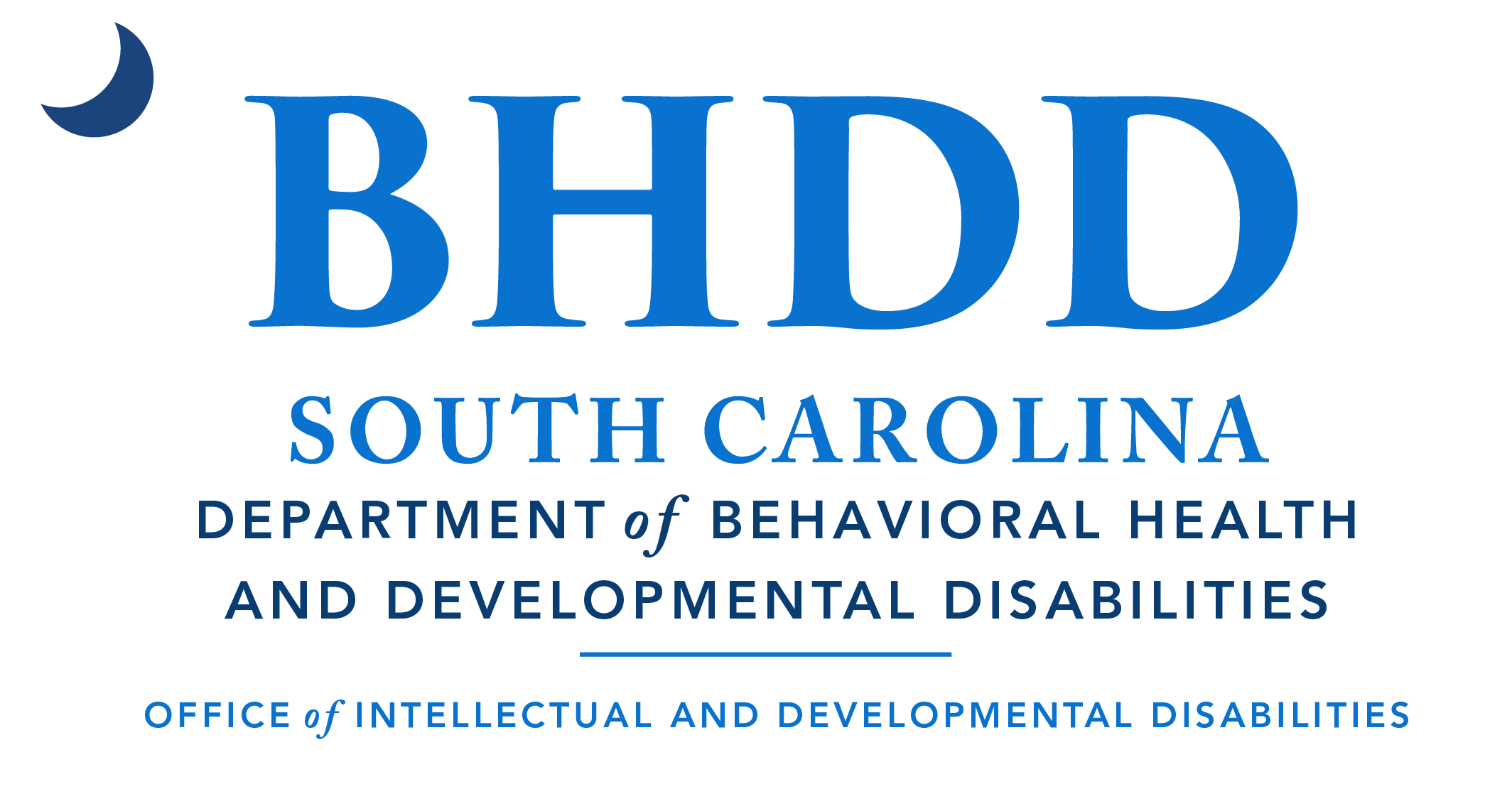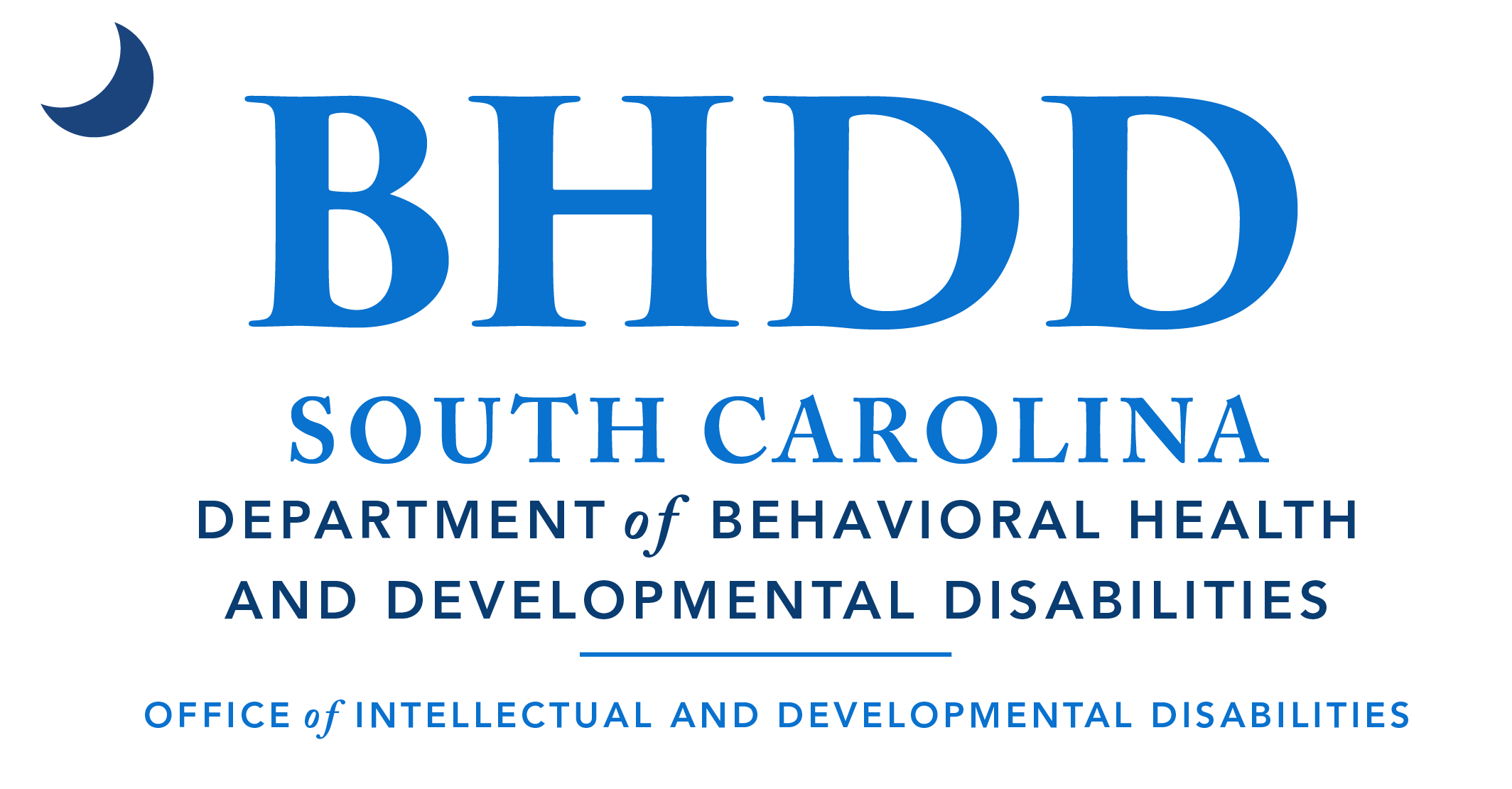The Personal Outcome Measures© were developed by The Council on Quality and Leadership (CQL).
Historically, measures of quality were often far removed from the actual impact in the lives of the consumers of the services. Providers would focus on “process measures” rather than “outcome measures,” since they were often easier both to measure and to control. If the administrative and programmatic processes, protocol, procedures and paperwork were in place, then the quality of service was assumed. Over time measures of quality shifted from “processes” to “outcomes,” but still the focus was often on what the provider could measure and control best, and this was not the consumer. Under this model, quality was assumed by measures of service objectives written, or units of service delivered.
As the long term care system continues to evolve, quality measures have started to become personalized and individualized relative to specific consumers. BHDD-OIDD strives to use personal outcome measures to determine how well the service and support providers are helping an individual consumer achieve personal goals. Activity in this area is based on the work of The Council on Quality and Leadership.
Personal outcome measures are often founded on goals that the individual has set for themselves in conjunction with their family and their “circle of support.” They are thought about and discussed, hopefully weighed against alternative goals and decided upon. To this degree they are objective and “matters of the head.” On the other hand, measures of consumer satisfaction have a larger affective component; satisfaction is a “matter of the heart.” It is very possible for a consumer to have met all of his personal outcome measures, but still feel dissatisfied with his life or the services and supports that he is receiving. Thus, measures of consumer satisfaction must go hand in hand with personal outcome measures in order for a provider to be truly consumer- focused and driven.
Consumer satisfaction surveys are conducted periodically with consumers, families and other stakeholders. BHDD-OIDD and service providers use this information to improve services and make them more responsive to consumers’ needs and wishes.
Personal Measures®
Personal Outcome Measures® are a powerful tool to ensure supports and services are truly person-centered. In a Personal Outcome Measures® interview, 21 indicators are used to understand the presence, importance and achievement of outcomes, involving choice, health, safety, social capital, relationships, rights, goals, dreams, employment and more. The insight gained during a Personal Outcome Measures® interview can then be used to inform a person-centered plan, and at an aggregate level, influence an organization’s strategic plan. For decades, they have been an effective data set for valid and reliable measurement of individual quality of life.
The Personal Outcome Measures® contain 21 indicators. These are the key indicators and experiences that people and their families have said are most important to them. The indicators had historically been organized into three (3) factors, but in 2017, CQL reorganized them into five (5) factors based on a published report examining the validity and reliability of the outcomes.
Click for the electronic version of CQL Personal Outcome Measures Manual
Personal Outcome Measures®
FACTORS & INDICATORS
The Personal Outcome Measures© were developed by The Council On Quality and Leadership (CQL)
MY HUMAN SECURITY
MY COMMUNITY
MY RELATIONSHIPS
MY CHOICES
MY GOALS
- People are safe
- People are free from abuse and neglect
- People have the best possible health
- People experience continuity and security
- People exercise rights
- People are treated fairly
- People are respected
- People use their environments
- People live in integrated environments
- People interact with other members of the community
- People participate in the life of the community
- People are connected to natural support networks
- People have friends
- People have intimate relationships
- People decide when to share personal information
- People perform different social roles
- People choose where and with whom to live
- People choose where they work
- People choose services
- People choose personal goals
- People realize personal goals
RESOURCES
Autonomy, Empowerment and Supported Decision-Making
DD Awareness Month: Exercising Rights
Data Brief: Exercising Voting Rights (PDF)
Delphi Survey on Personal Outcome Measures (PDF)
Personal Outcome Measures in the Workplace (PDF)
Quality in Practice - Accountability
Quality in Practice - Action Planning
Quality in Practice - Assessment
Quality in Practice - Advocacy
Quality in Practice - The Art of Authentic Person-Centered Planning
Quality in Practice - Beginning the Service and Support Relationship
Quality in Practice - Behavior Supports
Quality in Practice - Consent - What does it mean?
Quality in Practice - End of Life Issues
Quality in Practice - Expectations for People
Quality in Practice - Human Rights Committee
Quality in Practice - Satisfaction
Quality in Practice - Leadership
Quality in Practice - Inclusive Work Opportunities
Quality in Practice - Natural Supports
Quality in Practice - Rights and Responsibilities
Quality in Practice - Social Roles
Quality in Practice - Spirituality
Quality in Practice - Staff Hiring and Evaluation
Quality in Practice - Thinking about Responsibility
Quality in Practice - Understanding Risk
Quality in Practice - Work Life
Supported Decision Making (PDF)
Supported Decision-Making in the US (PDF)
Transportation Issues for People with Disabilities
20 Years of Personal Outcome Measures (PDF)




